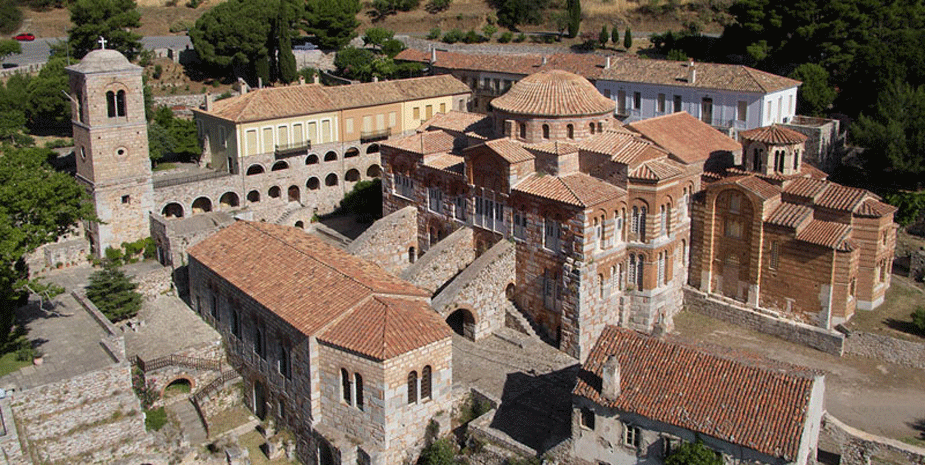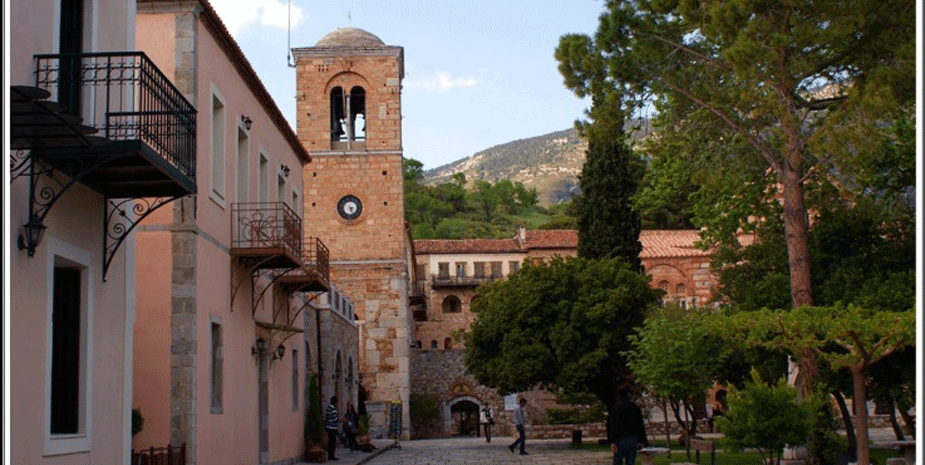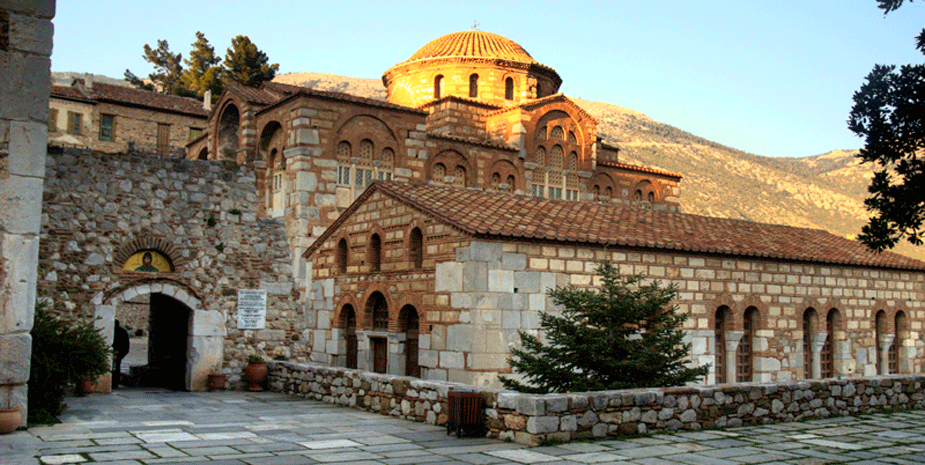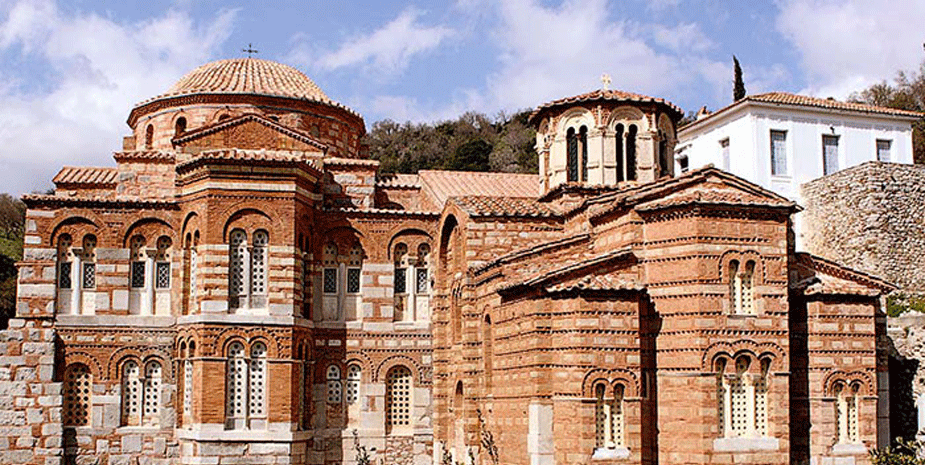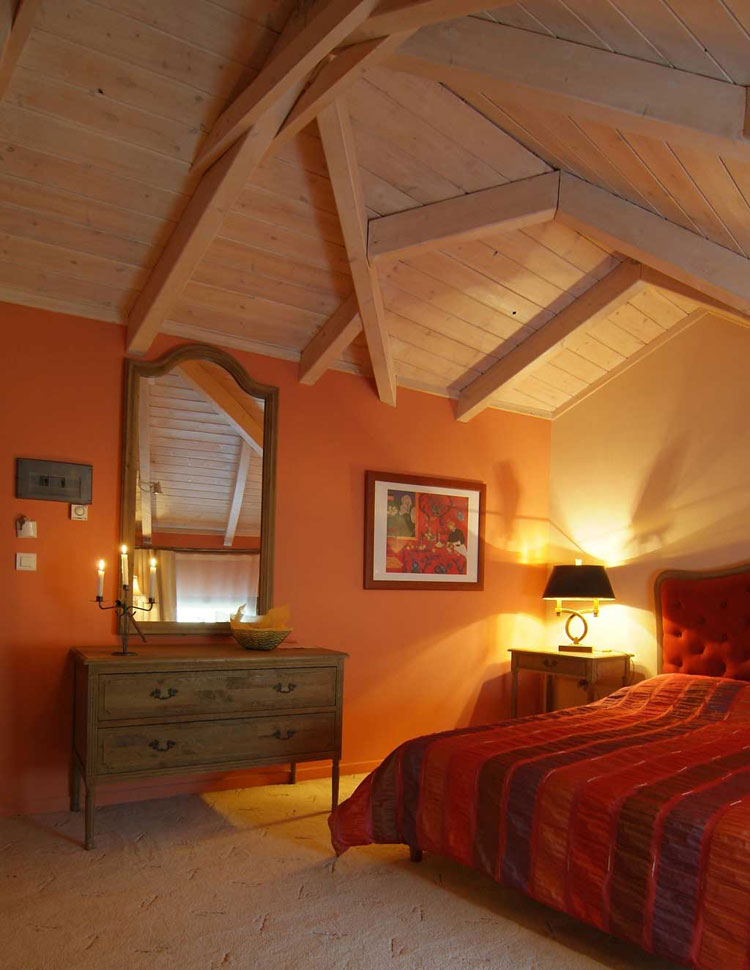The Monastery of Saint Lucas is located on the western slopes of Mount Helikon, below the Acropolis of Ancient sterile. The beginning of the monastic activity in the area starts from the very Saint Luke, when he lived there the last years of his life, from 946 to 953. History of our monastery reliably provide two documents: the Life of Saint and Sequences of Mary and of disposing of the corpse. From the Life of St. Luke, author unknown text written ten years after the death of the Saint, we learn that Saint, son of refugees from Aegina, was born in the village of Kastri in Fokis 896. The Saint in early age chooses the monastic life. In late 910 or early 911 lives as a monk in Athens, in the monastery of Great Lady, and then at various monasteries or hermitages Fokida and opposite Corinthian coast. The movements dictated by the need to avoid the risk of raids of Bulgarians Simeon, that those years beset the region. After a total of 35 years of monastic life, the 946/7 was installed at the location where today the monastery in Steiri of Phocis, where he died aged 56.
The Saint was known and loved as he lived. He healed patients, advised people in various kinds problems and was gifted with the ability to prophesy the future. The text of the Life stated emphatically that, as he lived in a time of successive attempts recapture of Crete by the Arabs, he predicted, twenty years before, the successful business of General Nikiforos Fokas during the reign of Romanos II. The Steiri was very close to the seat of Thread Greece Thebes, important strategic and economic center of that time.
From the text of the Life we learn that the relationship with the people, but also with high-ranking local officials, and the posthumous fame, made the area his last hermitages center pilgrimage of interest: General Thread Greece Krinitis, financed the building of a temple as the Saint lived, in 946, dedicated to Saint Barbara. Its construction was completed after the death of the saint, in 953, by the monks. The Saint was buried in the floor of the cell, while six months later, the monk Cosmas, pilgrim coming from Paphlagonia, penned the tomb with guards and placed on this layer of clay plates. Two years after the death of Blessed, ie in 955, the monks, who seems already emonazan near the saint, built cruciform prayer around his grave and built the first cells of an organized monastic community.
The monastery is so strong that already in 1014 has two dependencies in Evia, Aliveri and Politics. Monastery of there and in the nearby region of Antikyra where built an octagonal church, while in the second quarter of the 12th century. built a small church in the dependency, San Nikalao the plain of Viotia.
During the Frankish rule, after 1204 the monastery installed Latin clerics. During the Ottoman rule the monastery was returned to the Greeks monks.
